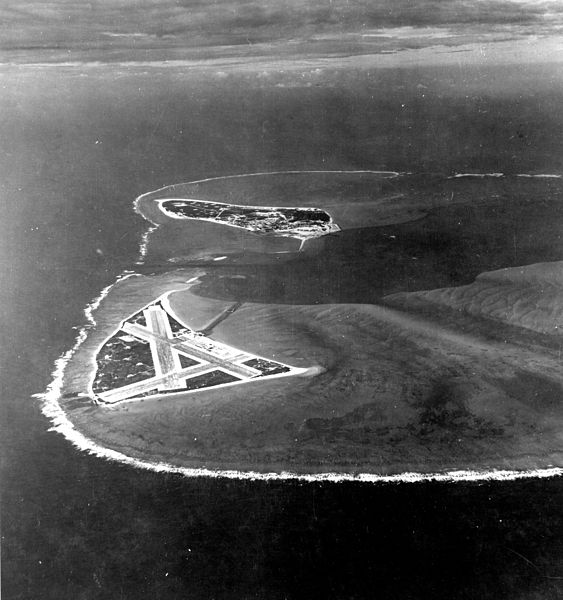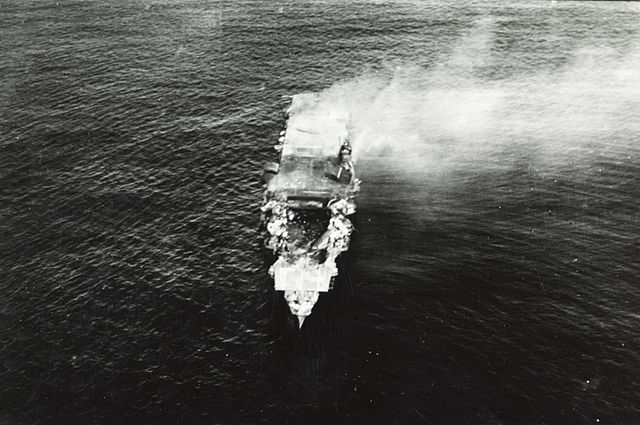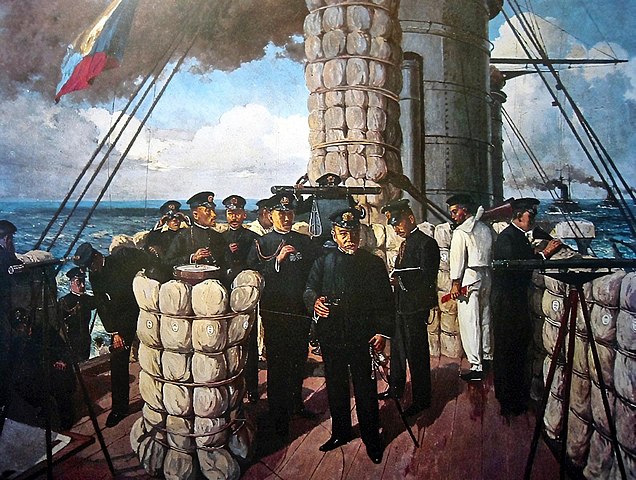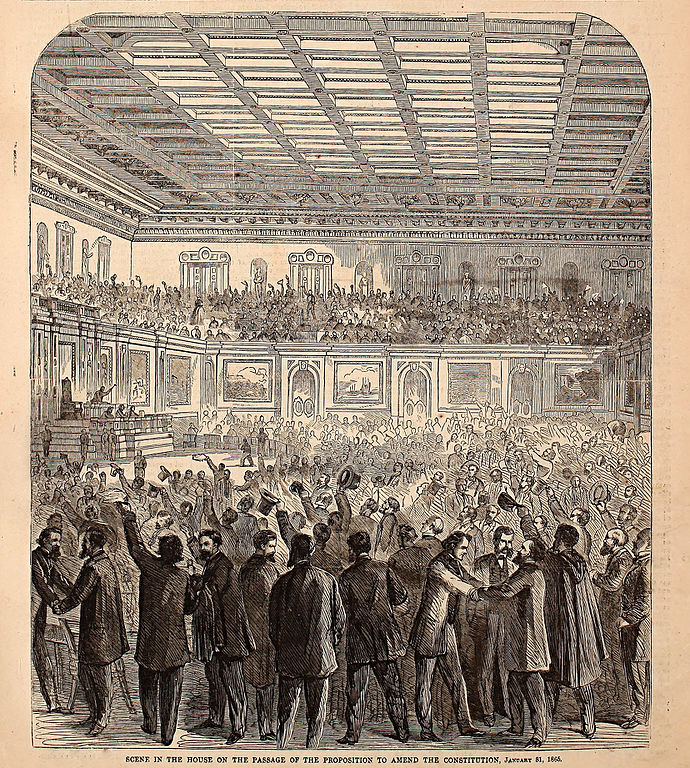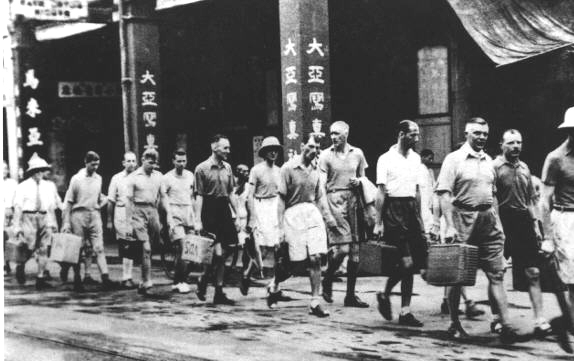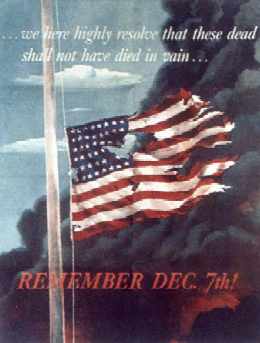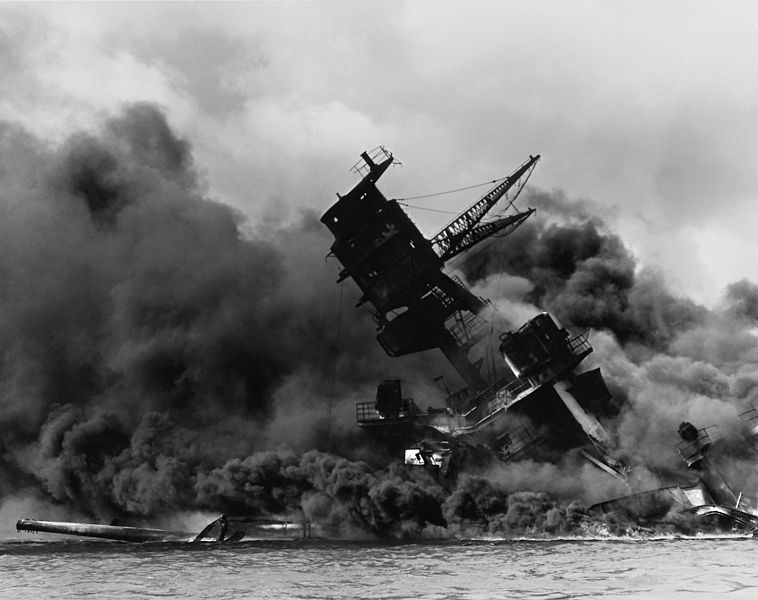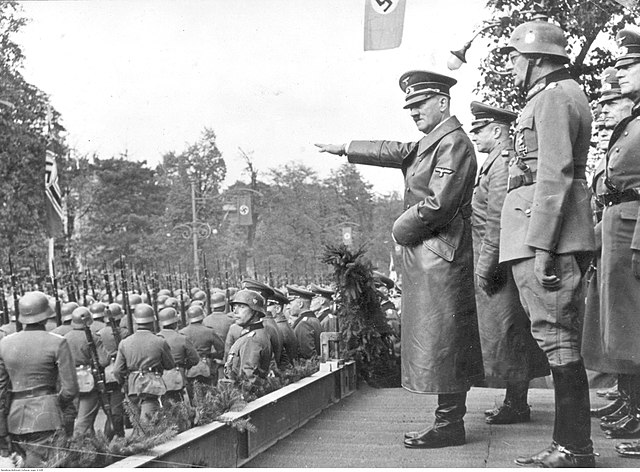
Public Domain
On 1 September 1939, German forces using the pretext they were acting in self-defense against Poland, invaded. The German infantry was not fully mechanized but had Panzers and fast-moving artillery that included truck mounted artillery. The German strategy was to quickly concentrate forces and encircle an enemy quickly. Thanks to the relatively flat terrain of Poland, it made it easy to move mobile infantry about. The invasion came one week after the signing of the Molotov–Ribbentrop Pact on 23 August. This non-aggression pact meant neither side could assist the enemy of the other. A secret protocol to the agreement defined German and Soviet spheres in Poland, Lithuania, Latvia, Estonia and Finland. This protocol would not be proved until the Nuremberg Trials. So, when Germany invaded, Poland was already split with defined borders between the two countries.
With this pact, Poland signed defense agreements with Britain and France. Talks between those powers and Germany did take place and the invasion was held up until they were concluded. Hitler did not believe they would declare war, and if they did would be willing to compromise after the invasion of Poland. Germany wanted the restoration of Danzig (in Polish Gdansk) as a free city (it had a large German population), the Polish Corridor, and the safeguarding of Germans in Poland. Germany demanded that a Polish representative with the power to sign such an agreement be present.
The British, remembering what happened before when Czechoslovakia was forced to capitulate to the Germans, did not like that demand. When the Polish representative met with Ribbentrop on 31 Aug, he was dismissed when he had no power to sign. The Germans then claimed that Poland had rejected their demands and Hitler ordered the invasion for 1 September. The Germans were better prepared for war than the Polish. They had higher numbers of troops and had air superiority. Poland had older fighters while the bombers were more modern. They waited too late to upgrade so newer fighters and bombers would not be there when the Germany invaded. Poland had two armor brigades and its 7TP light tank was better armed than the German Panzer. But they only had 140 of those and 88 tanks they imported from Britain and France. The Polish Navy was a small fleet with destroyers, submarines and support vessels. Most of the surface vessels escaped and joined the British Royal Navy. Submarines did engage German shipping in the Baltic Sea but it was not successful. Polish merchant ships that did escape or elsewhere would join the allies and take part in wartime convoys.
By 3 October both German and Soviet forces had secured their spheres ending the Second Polish Republic. Both German and Soviet governments quickly took control of their territories, organizing and annexing, and setting up regional controls. Government and military leaders who did escape would form a military force in support of the Polish government-in-exile. In response to the invasion of Poland, Britain and France formally declared war on Germany on 3 September but little else (France did invade the Saar but quickly withdrew).
Sources
Gilbert, Adrian. “Invasion of Poland (1939) | Description & Facts.” Encyclopedia Britannica. Last modified August 25, 2024. https://www.britannica.com/event/Invasion-of-Poland.
“Invasion of Poland, Fall 1939.” https://encyclopedia.ushmm.org/content/en/article/invasion-of-poland-fall-1939.
———. “Germany Invades Poland.” HISTORY, August 30, 2024. https://www.history.com/this-day-in-history/germany-invades-poland.
Japan Surrenders
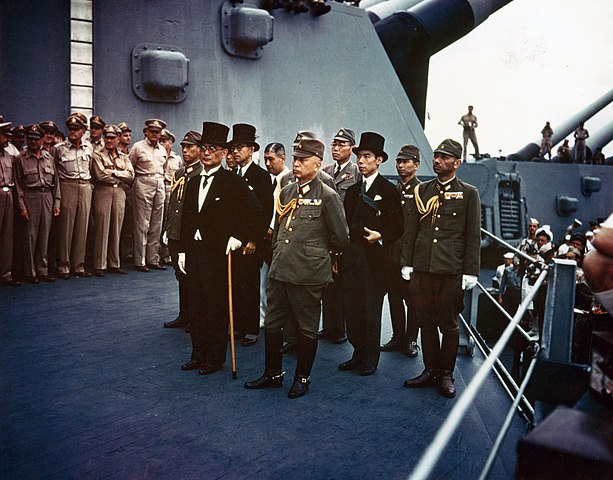
Army Signal Corps, Public Domain
On the battleship Missouri in Tokyo Bay, the Japanese formally surrendered ending World War II. By this time Japan was no longer the military power it once was. The Battle of Midway in June 1942 had been the turning point when four Japanese aircraft carriers were sunk. Since then Japanese control over its captured territories were pushed back under massive effort of U.S. and Allied forces. By the summer of 1945, and with the capture of Okinawa, Japan was being blockaded and being bombed often. Plans for the invasion of Japan had been drawn up. After the bloody experience of capturing territory such as on Iwa Jima, it was expected to be a difficult invasion that would cost a lot of allied lives. However, the dropping of two atomic weapons on Japan in August on Hiroshima and Nagasaki changed things dramatically. Members of the Japanese War Council and Emperor Hirohito favored accepting the peace terms; some objected and acted to stop a surrender. On 15 Aug a coup was attempted against Prime Minister Suzuki, but it was crushed. At noon that day, and for the first time in Japanese history, Emperor Hirohito addressed the nation by radio. “We have resolved to pave the way for a grand peace for all the generations to come by enduring the unendurable and suffering what is insufferable.” The US and the allies accepted the surrender.
Sources
———. “Japan Surrenders, Bringing an End to WWII.” HISTORY, August 30, 2024. https://www.history.com/this-day-in-history/japan-surrenders.
———. “Pacific War | Summary, Battles, Maps, & Casualties.” Encyclopedia Britannica. Last modified August 18, 2024. https://www.britannica.com/topic/Pacific-War/The-Japanese-surrender.
Malloryk. “‘to Bear the Unbearable’: Japan’s Surrender, Part I.” The National WWII Museum | New Orleans. Last modified August 17, 2020. https://www.nationalww2museum.org/war/articles/japans-surrender-part-i.

